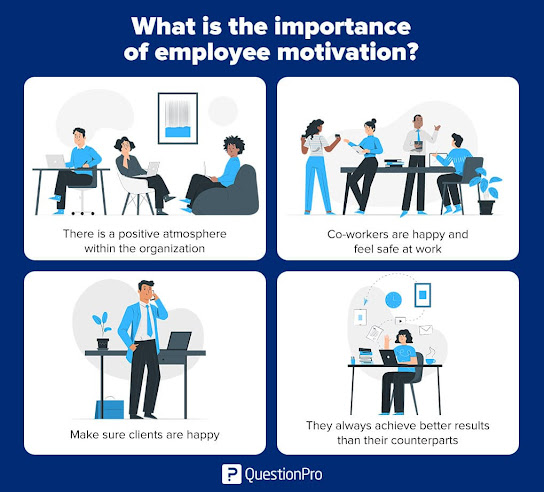LEARNING AND DEVELOPMENT
Learning and Development Defined.
Learning and development is a systematic process to enhance
an employee’s skills, knowledge, and competency, resulting in better
performance in a work setting. Specifically, learning is concerned with the
acquisition of knowledge, skills, and attitudes. Development is the broadening
and deepening of knowledge in line with one’s development goals (Rishaw.H,
2022)
(Armstrong, 2014 pg.284) defined; the process of ensuring
that the organization has the knowledgeable, skilled and engaged workforce it
needs. It involves facilitating the acquisition by individuals and teams of
knowledge and skills through experience, learning events and programs
provided by the organization, guidance and coaching provided by line managers
and others, and self-directed learning activities carried out by individuals.
Components of learning and development.
Learning – the process by which a person acquires and
develops knowledge, skills, capabilities, behaviors and attitudes. It involves
the modification of behavior through experience as well as more formal methods
of helping people to learn within or outside the workplace.
Development – the growth or realization of a person’s
ability and potential through the provision of learning and educational
experiences.
Training – the systematic application of formal processes to
impart knowledge and help people to acquire the skills necessary for them to
perform their jobs satisfactorily.
Education – the development of the knowledge, values and
understanding required in all aspects of life rather than the knowledge
and skills relating to particular areas of activity.
Image 1: Components of learning and development (Armstrong, 2014)
Honey and Mumford learning cycle
Peter Honey and Alan Mumford (1986) identify four distinct
styles or preferences that people use while learning. They suggest that most of
us tend to follow only one or two of these styles, and that different learning
activities may be better suited to particular styles.
Activists: Activists are those individuals who learn by doing. Activists need to
get their hands filthy. They have a receptive way of dealing with learning,
including themselves completely and without inclination in new encounters.
Theorists: These learners get a kick out of the chance to comprehend the
hypothesis behind the activities. They require models, ideas and truths with a
specific end goal to participate in the learning procedure. Like to break down
and integrate, drawing new data into a methodical and consistent “hypothesis”.
Pragmatists: These individuals have the capacity to perceive how to put the
learning into practice in their present reality. Conceptual ideas and
recreations are of constrained utility unless they can see an approach to put
the concepts practically in their lives. Experimenting with new ideas,
speculations and methods to check whether they work is their mode of action.
Reflectors: These individuals learn by watching and contemplating what happened.
They may abstain from jumping in and prefer to watch from the side-lines. They
want to remain back and see encounters from various alternate points of view,
gathering information and using the opportunity to work towards a suitable
conclusion.
Organizational learning strategies
Organizational learning strategies aim to improve
organizational effectiveness through the acquisition and development of
knowledge, understanding, insights, techniques and practices. This is in accordance
with one of the basic principles of HRM, namely that it is necessary to invest
in people in order to develop the human capital required by the organization
and to increase its stock of knowledge and skills (Armstrong, 2014).
Conclusion
Every day, companies must adapt the way they operate to stay
competitive and relevant since businesses rely on versatility and continual
transformation. Learning & development provides that directly impacts a
company’s bottom line. It helps companies gain and retain top talent, it
improves productivity, and learning & development helps companies earn more
profit. Risk of untrained employees to the organization reduces. Learning and development will always ensure the
future transformational success.
References
Rishaw.H, 2022, What is Learning & Development? (Available
at) https://www.linkedin.com/pulse/what-learning-development-rahul-rishav
(Accessed on May 2023)
Armstrong, 2014. Armstrong’s handbook of human resource
management practice, (Available at) https://e-uczelnia.uek.krakow.pl/pluginfile.php/604792/mod_folder/content/0/Armstrongs%20Handbook%20of%20Human%20Resource%20Management%20Practice_1.pdf?forcedownload=1
(Accessed on May 2023)
health.gov.au, 2014, Identifying your personal learning
style, (Available at) https://www1.health.gov.au/internet/publications/publishing.nsf/Content/drugtreat-pubs-front1-wk-toc~drugtreat-pubs-front1-wk-secb~drugtreat-pubs-front1-wk-secb-2~drugtreat-pubs-front1-wk-secb-2-5~drugtreat-pubs-front1-wk-secb-2-5-ide
(Accessed on May 2023)
Rosewell.J 2005. Learning styles (Available at) https://www.open.edu/openlearn/pluginfile.php/629607/mod_resource/content/1/t175_4_3.pdf
(Accessed on May 2023)
Gupta.D, 2022. What Is a Learning Organization? +Benefits,
Core Principles (2023), (Available at) https://whatfix.com/blog/learning-organization/
(Accessed on 2023)






Comments
Post a Comment